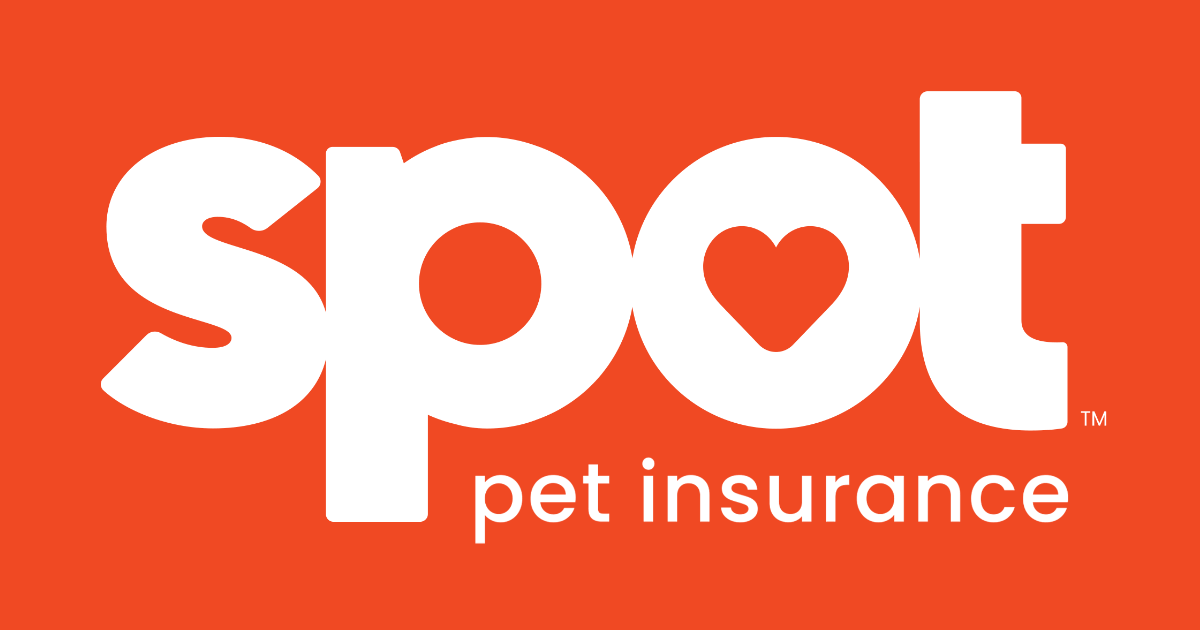
Idaho residents have a variety of choices when it is comes to health insurance. Blue Cross Idaho, Regence Blue Shield Idaho Molina, PacificSource and PacificSource are some of the carriers available. Idaho also provides Medicaid, a federally supported program for individuals with low income. Among its many benefits, Medicaid can provide free or low-cost coverage for those who qualify.
The Affordable Care Act (ACA) also has a large impact on the state's residents. You may be eligible for a premium credit that can reduce your monthly premium. Alternatively, you can purchase an off-market plan from an insurance broker. Before you make your final decision, be sure to understand the pros and cons of each option.
Three classes or primary metals are the three types of Idaho's health insurance. Each class comes with a variety of features. For example, the Silver class is for moderate health care needs, while the Gold class is for chronic illnesses. A Silver-class plan will cover 70% of your medical costs while a gold plan will cover the remaining 80 percent.

The bronze class is the cheapest, covering up to 60 percent of your medical costs. However, the monthly premium for the gold class will be higher. As well, copayments will be lower for the silver class.
Idaho's largest population is actually covered by individual-market policies. The average premium for an individual insurance plan in Idaho is $231 per monthly. Although this is a better deal than the benchmark plan's cost, it's still not cheap if you need a more comprehensive policy.
The ACA also introduced new regulations regarding health insurance. Insurance companies must offer coverage for preexisting health conditions and provide all necessary health benefits. A HSA (health savings accounts) is also available to help pay for qualified medical expenses. Finally, all insurance plans must follow the ACA rules pertaining coverage.
The Affordable Care Act allows Idaho residents to shop for new plans. The November open enrollment period is for the ACA. You have 60 days to cancel or change your existing plan. This allows those who are unhappy with their current coverage to easily switch.

You can apply for Medicaid, which is the best piece of good news. This federally funded program offers basic health care and dental services to low income individuals. These benefits include visits to the doctor, immunizations, hospitalization, and more. Furthermore, you'll be able to get your children's vaccinations, too.
You might want to look into individual health insurance plans depending on your finances and health. It all depends on what your needs are and where you live. Shopping around can help you find the right plan for your needs. Also, remember that there are special enrollment periods available in case you lose your coverage.